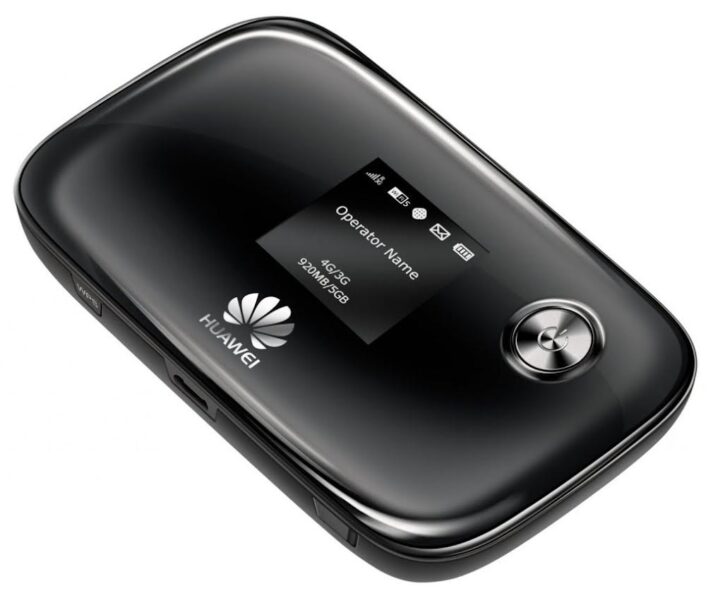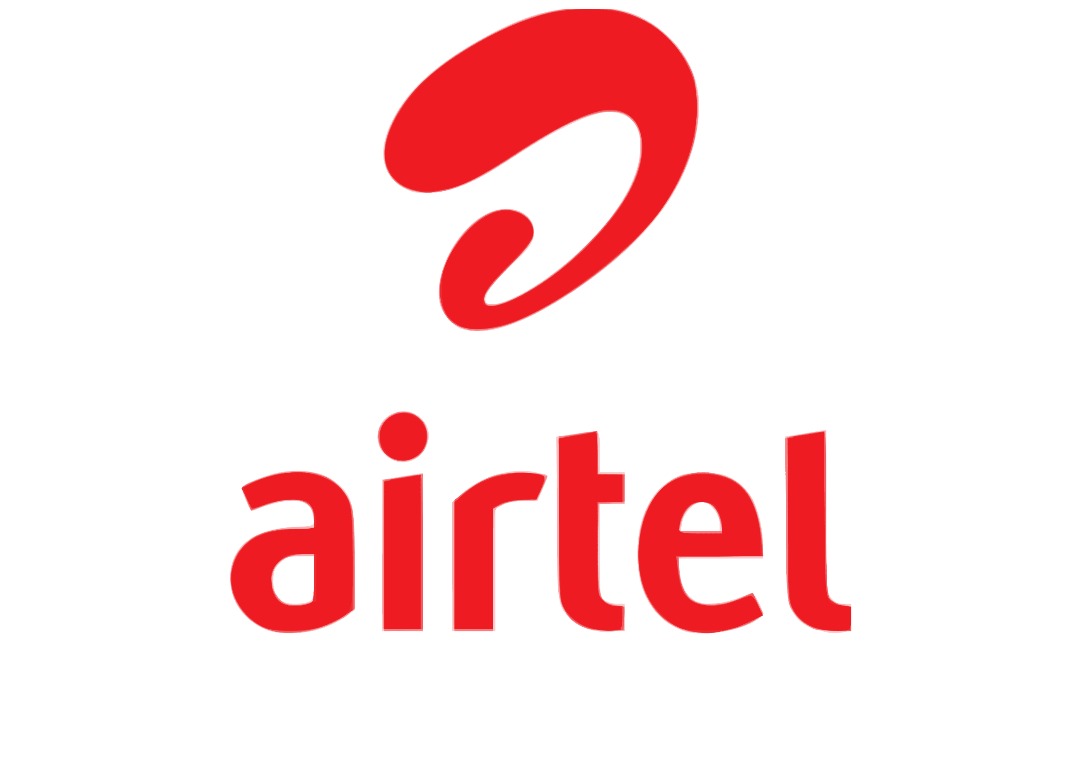
.Technology adds $500b to global economy
The deployment of mobile broadband in Nigeria may have cut the level of extreme poverty by 1.5 per cent.
This is according to the Global System for Mobile telecommunications Association (GSMA), which also disclosed that over the last five years, the economic value addition generated by mobile technologies and services has increased by $500 billion, reaching $5.2 trillion in 2022.
GSMA in the 2023 Mobile Industry Impact Report: Sustainable Development Goals sighted by The Guardian, said mobile technology reduces poverty. It recalled that from 2010 to 2016, mobile broadband lifted two million people out of extreme poverty in Nigeria (which accounts for a quarter of Africa’s poor), reducing the share of people in Nigeria in extreme poverty. It, however, said thus far, the technology has helped cut poverty by 1.5 per cent.
While there are over 320 million connected telephone lines in the country of which 223 million have been active, broadband penetration according to the Nigerian Communications Commission (NCC) as of November 2023, was 41.8 per cent with some 91 million Nigerians enjoying the service.
Mobile broadband is wireless Internet access via mobile networks. Access to the network can be made through a portable modem, wireless modem or a tablet/smartphone (possibly tethered) or other mobile device.
GSMA, which called for more commitment from the mobile technology sector for the attainment of SDGs by 2030, disclosed that the industry has increased global employment by around two million in the last five years, saying in 2022, it supported 28 million jobs.
The telecoms body, which represents the interest of over 400 telecoms companies across the globe, including Nigeria, observed that the use of mobile technology powered a global reduction in greenhouse gas (GHG) emissions of around 2,135 million tonnes of CO2 in 2018. These emissions savings were 10 times greater than the global carbon footprint of the mobile industry itself.
It revealed that since 2015, the mobile industry has increased its impact on each of the 17 SDGs, stressing that the industry achieved 53 per cent of its potential contribution to SDGs, up from 33 per cent.
The mobile industry’s biggest impact continues to be in SDG 9: Industry, Innovation and Infrastructure, driven by the widespread reach of mobile networks, investments in 5G and infrastructure and the growing uptake of mobile Internet services.
The body said over the past seven years, about two billion more people, have gained access to the Internet through their mobile phones. It stressed that this significant connectivity achievement has brought the world closer to bridging the digital divide and empowering individuals with the resources they need to thrive.
While much has been achieved, the global landscape has also undergone profound transformations in recent years, presenting new challenges that hinder our progress towards the SDGs. GSMA said the COVID-19 pandemic, conflicts, climate-related disasters, the ongoing economic crisis and high inflation have significantly impacted global efforts.
According to it, vulnerable populations have borne the brunt of rising energy and food prices, exacerbating the cost-of-living crisis.
GSMA said while the world is optimistic about the potential impact the globe can achieve, progress cannot be taken for granted. It stressed that the flat average SDG impact score observed in 2022 means that the globe must keep working together across the public and private sectors to accelerate efforts and increase the scale of impact.
Further, the share of the world’s population living in areas without mobile broadband coverage stood at just five per cent at the end of 2022, meaning 400 million people are still not covered by a mobile broadband network (compared to 1.8 billion people in 2015).
It noted that the reduction in the size of the coverage gap has slowed since 2018, highlighting how the remaining uncovered communities – which are predominantly rural, poor and sparsely populated – are the most challenging to reach in a financially sustainable manner.
GSMA said a much larger proportion of the unconnected live in areas already covered by mobile broadband networks. By the end of 2022, 38 per cent of the world’s population (three billion people) lived within the footprint of a mobile broadband network but were not using mobile Internet. While this usage gap remained relatively unchanged between 2015 and 2019, it declined by around 300 million people in both 2020 and 2021, and 210 million people in 2022. However, it noted that the usage gap remains substantial and is 7.5× the size of the coverage gap.
The telecoms body said mobile phones also played an integral role in reducing the financial exclusion gap in low- and middle-income countries (LMICs). There were 1.6 billion registered mobile money accounts by the end of 2022 – more than double the number of registered accounts (772 million) in 2017. This, GSMA claimed, enabled households to lift themselves out of poverty by helping them better manage their cash flow, handle risk and build working capital.






